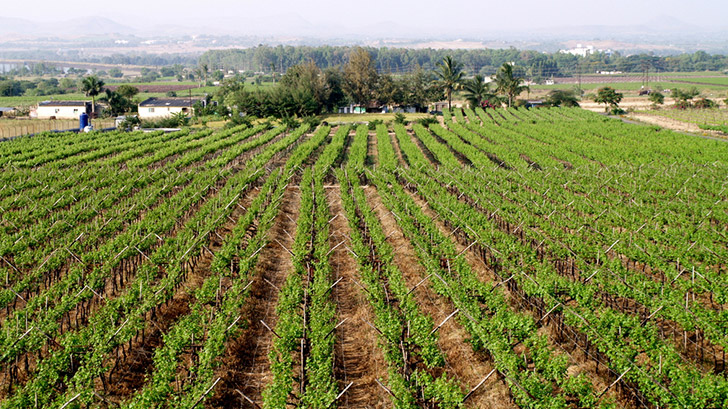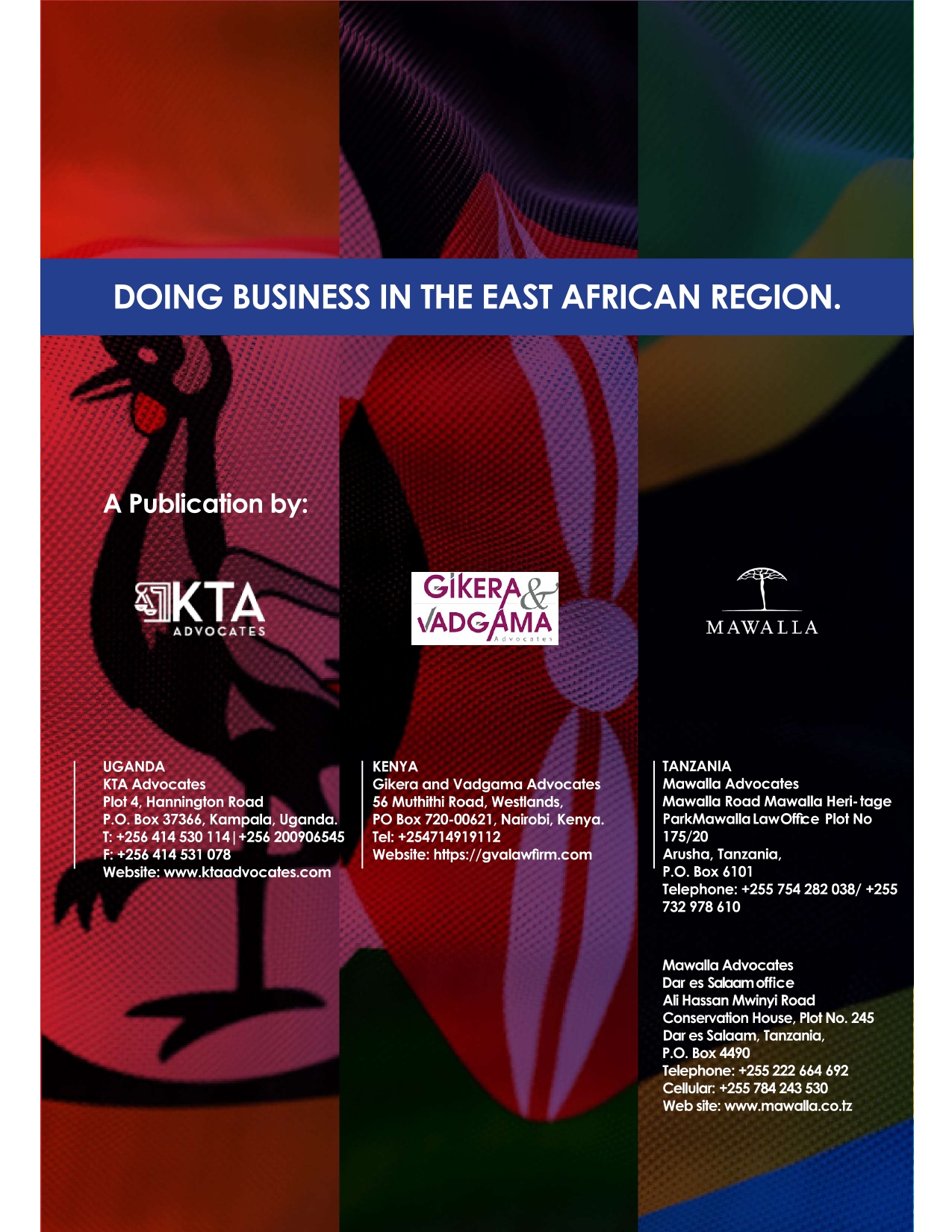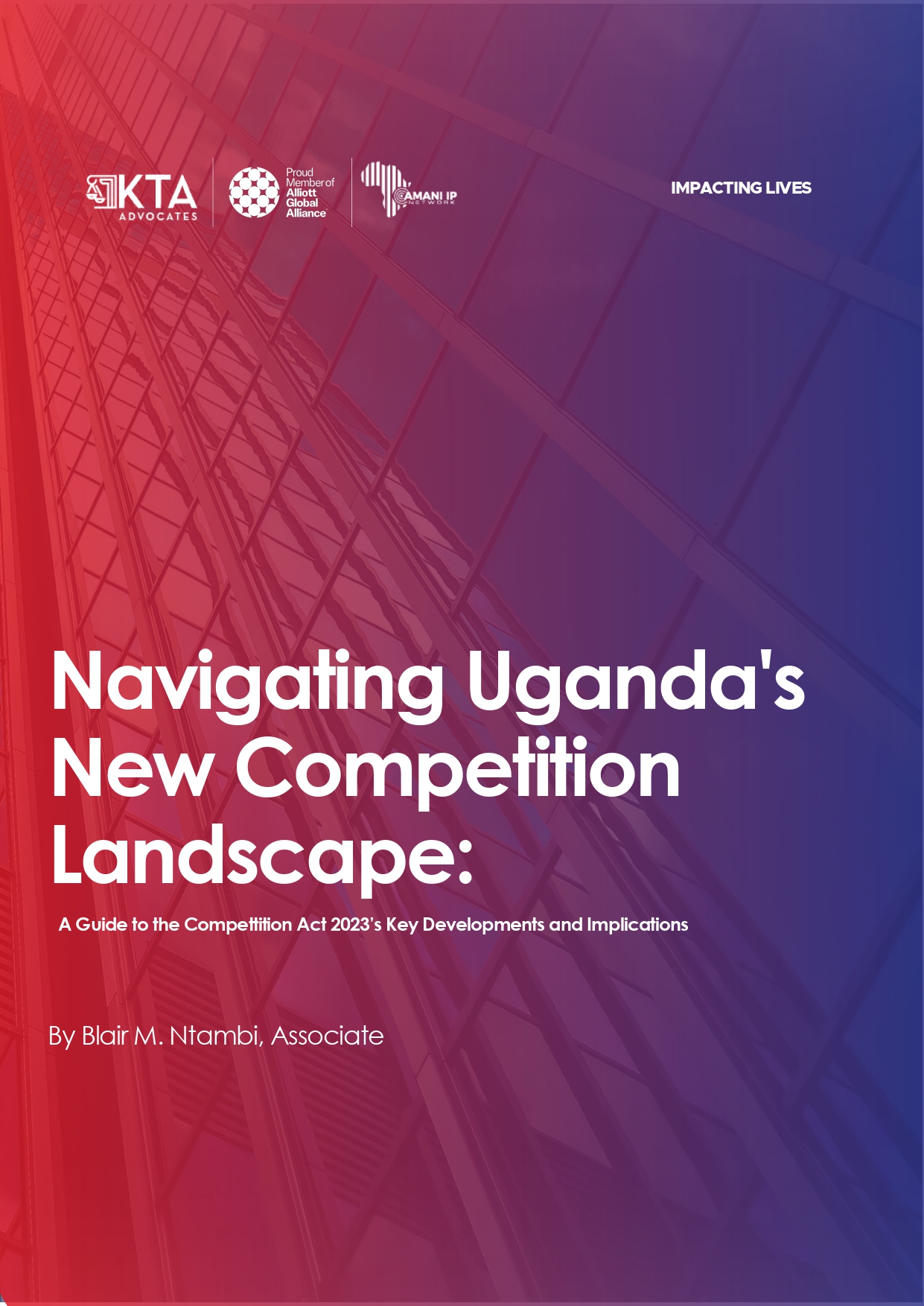As a legal concept Geographical Indications (GIs) received international recognition for the first time through the TRIPS Agreement. Many developing countries subsequently realized that the protection of GIs could possibly promote international trade in agricultural products from their countries, similar to the protection of wines and spirits from the European Union. GIs recognize ‘the quality, reputation or other characteristic of the goods’ as conditions for protection. Given that the quality, reputation or other characteristic of many goods are the result of indigenous, traditional and sometimes ancient methods and formulae transmitted from one generation to the next, it might also be possible to protect indigenous knowledge through GIs. These are amongst the issues at play in the WTO negotiations. Against this background, the author outlines the historical development of GIs, examines the provisions relating to GIs in the TRIPS Agreement, and looks at the negotiations for a system of registration and notification for wines and spirits. He analyses the positions of the various negotiating groups since the first Ministerial Conference and the arguments for extending a similar level of protection to goods of interest for developing countries. He explores the possible benefits for the East African Community and how the countries of East Africa can best harness the process. Notes, ref. [ASC Leiden abstract]
Source: https://www.africabib.org/rec.php?RID=337883009



